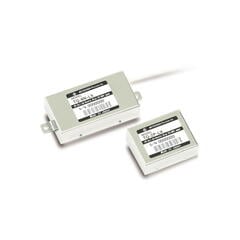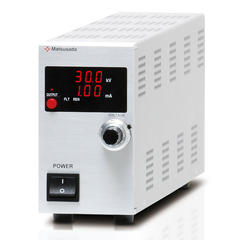An electrostatic discharge test is a test to evaluate the durability of electronic devices when electrostatic discharge occurs when a person touches them.
In winter, when you touch a doorknob or try to get out of a car, you may feel a "buzz" of static electricity discharge. This is caused by a person's body being charged. In this way, when a charged conductor such as the human body comes into contact with or approaches another conductor, a violent discharge occurs.
This phenomenon is called electrostatic discharge (ESD) and is not a problem if the object generating the discharge is a doorknob or the like, but if it is an electronic device, it can cause problems such as malfunction or damage.
However, in our daily lives, we cannot completely prevent electrostatic discharge. For this reason, electrostatic discharge testing is used to evaluate whether electronic devices will not be damaged in the event of electrostatic discharge, by applying static electricity to LEDs and semiconductors to see if the elements are destroyed.
In the electrostatic discharge test, high-speed pulses such as 60nsec are applied. For this purpose, a capacitor is charged with a voltage and the pulse is output.
Matsusada Precision supplies a high voltage power supply to charge the capacitor during the electrostatic discharge test.

- Related words:
-
- ESD
- electrostatic discharge
Recommended products
We propose a high voltage power supply to charge capacitors during electrostatic discharge tests.





